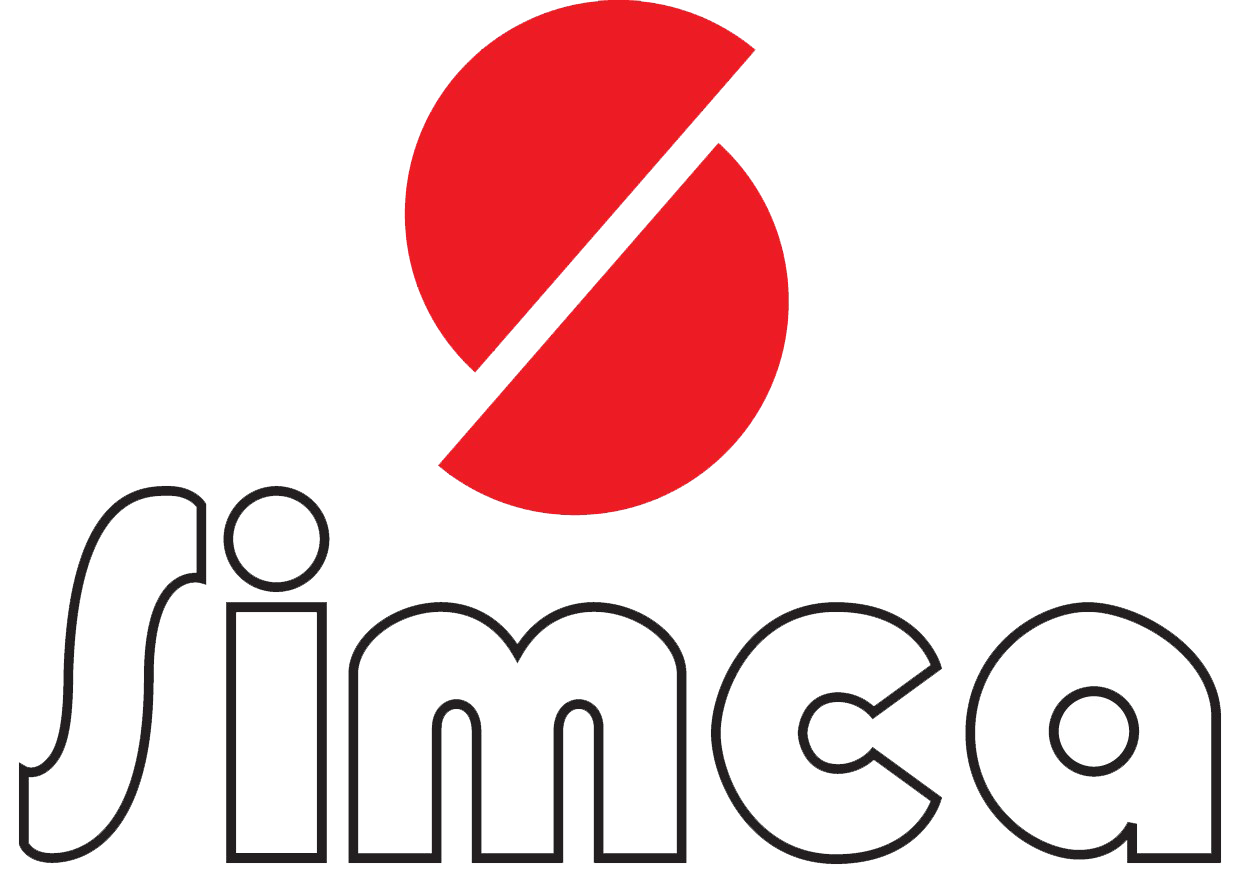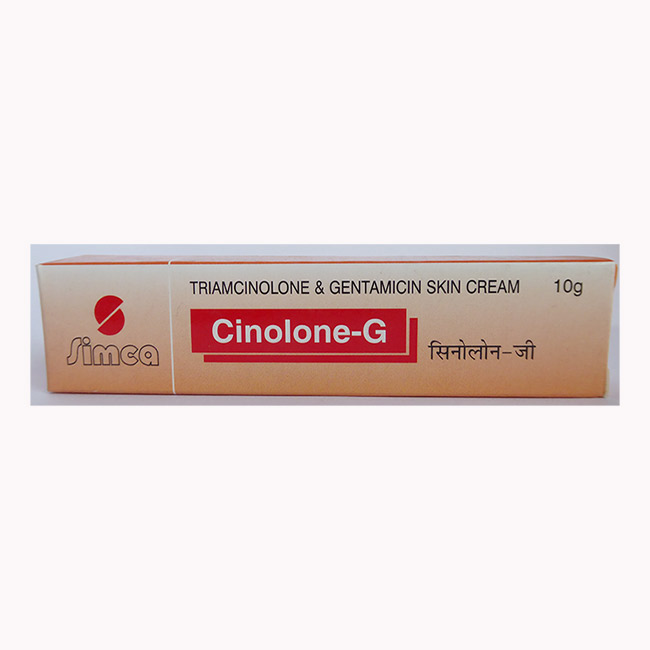Cinolone-G
Generic compositions: Triamcinolone Acetonide 0.1% w/w and Gentamycin Sulphate 1% w/w
General Introduction
The topical corticosteroids constitute a class of primarily synthetic steroids used as anti-inflammatory and antipruritic agents. The steroids in this class include Triamcinolone Acetonide. Each gram of Triamcinolone Acetonide Cream USP, 0.1% contains 1 mg Triamcinolone Acetonide in a cream base.
Therapeutic category
- Corticosteroids
Dosage forms available
- CESONE-G Cream
Mode of action
Corticosteroids like triamcinolone inhibit phospholipase A2 on cell membranes, preventing the breakdown of lysosomal membranes of leukocytes, which in turn prevent the formation of arachidonic acid, which decrease expression of cyclooxygenase and lipoxygenase, inhibiting synthesis of prostaglandins and leukotrienes.
Gentamicin kills bacteria by inhibiting the synthesis of bacterial proteins. Gentamicin irreversibly binds to the 30S ribosomal subunits. This binding interferes with the formation of messenger RNA and the subsequent formation of nonfunctional proteins and the eventual death of susceptible bacteria.
Pharmacokinetics
The extent of percutaneous absorption of topical corticosteroids is determined by many factors including the vehicle, the integrity of the epidermal barrier, and the use of occlusive dressings.
Topical corticosteroids can be absorbed from normal intact skin. Inflammation and/or other disease processes in the skin increase percutaneous absorption. Occlusive dressings substantially increase the percutaneous absorption of topical corticosteroids. Thus, occlusive dressings may be a valuable therapeutic adjunct for treatment of resistant dermatoses
Once absorbed through the skin, topical corticosteroids are handled through pharmacokinetic pathways similar to systemically administered corticosteroids. Corticosteroids are bound to plasma proteins in varying degrees. Corticosteroids are metabolized primarily in the liver and are then excreted by the kidneys. Some of the topical corticosteroids and their metabolites are also excreted into the bile.
Indications
Triamcinolone acetonide cream is indicated for the relief of the inflammatory and pruritic manifestations of corticosteroid-responsive dermatoses.
Gentamycin is used for minor skin infections (such as impetigo, folliculitis) or minor infections related to some skin conditions (such as eczema, psoriasis, minor burns/cuts/wounds).
Dosage and administration
- Apply to affected area two or three times daily. Rub in gently or as directed by the doctor.
Side effects
Burning, itching, irritation, or dryness may occur when this medication is first applied to the skin. This should disappear in a few days as your body adjusts to the medication. If any of these effects persist or worsen, notify your doctor or pharmacist promptly.
Contraindications
- Hypersensitivity to traimcinolone or gentamycin.


